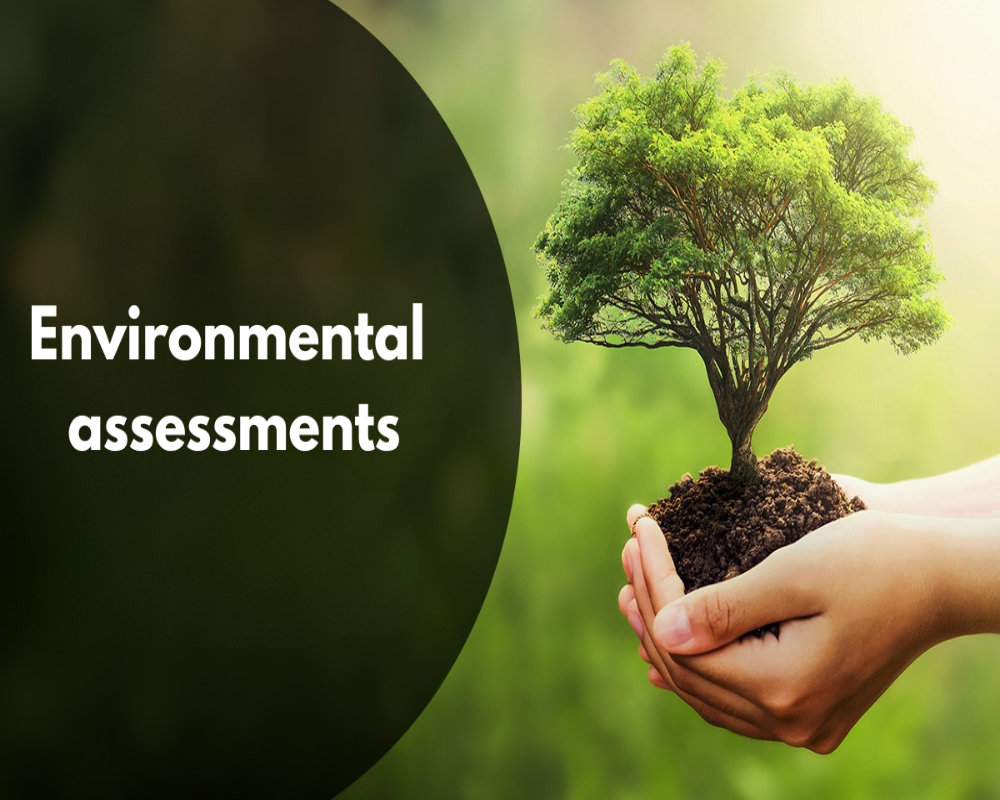Introduction
Environmental assessments are a critical component of due diligence in commercial property development, conducted to evaluate the environmental condition of a site and identify any existing or potential contamination risks that could impact land use, project feasibility, regulatory compliance, or financial viability. These assessments help developers, investors, and lenders understand environmental liabilities tied to the property and ensure that the development aligns with federal, state, and local environmental regulations. Without a proper environmental assessment, a commercial project can face significant setbacks, including costly cleanups, legal penalties, public opposition, and delays in permitting or financing.
Purpose and Scope of Environmental Assessments
The primary goal of an environmental assessment is to determine whether the property is affected by hazardous substances, petroleum products, or other environmental concerns that could pose health risks, require remediation, or affect future development plans. This process helps mitigate legal liability under environmental laws such as the U.S. Comprehensive Environmental Response, Compensation, and Liability Act (CERCLA), which can hold current and past property owners responsible for site contamination—even if they did not cause it.
Environmental assessments are particularly important for commercial properties because of their complex histories, potential industrial uses, proximity to sensitive areas, or interaction with surrounding infrastructure. Properties previously used for manufacturing, warehousing, fuel storage, dry cleaning, or auto repair often require special scrutiny due to higher risks of soil or groundwater contamination.
Phase I Environmental Site Assessment (ESA)
The environmental assessment process usually begins with a Phase I Environmental Site Assessment, which is a non-intrusive investigation designed to identify “Recognized Environmental Conditions” (RECs). This phase involves:
- A review of historical land uses, including aerial photographs, city directories, and fire insurance maps
- A search of environmental databases for records of spills, violations, or remediation efforts
- A visual inspection of the property and neighboring sites
- Interviews with past and current owners, occupants, or local officials
The Phase I ESA does not involve soil, water, or air sampling. If no RECs are identified, the property is generally considered low-risk. However, if the assessment uncovers potential contamination, further investigation is required.
Phase II Environmental Site Assessment
A Phase II ESA involves intrusive testing and sampling to confirm or refute the presence of environmental contamination. This phase includes collecting soil, groundwater, and sometimes vapor samples, which are then analyzed in a laboratory for pollutants such as heavy metals, volatile organic compounds (VOCs), petroleum hydrocarbons, and asbestos.
Phase II assessments are site-specific and tailored to the risks identified in Phase I. The results determine whether cleanup is necessary and influence the cost, timeline, and even the physical layout of the proposed development. If contamination is found, regulatory authorities may become involved, and remediation plans must be designed and approved before development can proceed.
Phase III Environmental Remediation (if required)
If Phase II confirms contamination, the project may move to a Phase III stage involving cleanup or mitigation. Remediation may include soil removal, groundwater treatment, vapor barrier installation, or ongoing environmental monitoring. The complexity and cost of remediation depend on the type and extent of contamination, as well as the proposed use of the property.
For example, a site being developed into a hospital or school would face stricter environmental standards than one slated for an industrial facility. In some cases, developers can pursue brownfield redevelopment programs, which offer government support, liability protections, and financial incentives to encourage the reuse of contaminated sites.
Regulatory Compliance and Stakeholder Assurance
Environmental assessments are also essential for ensuring compliance with permitting and land use regulations. Many jurisdictions require documented environmental due diligence before granting development approvals or financing. Additionally, lenders and insurers often require Phase I (and sometimes Phase II) assessments before underwriting commercial property transactions, as environmental risks can affect collateral value and increase liability exposure.
Beyond legal compliance, environmental assessments demonstrate a developer’s commitment to sustainable and responsible development. By identifying and addressing environmental risks early, developers build trust with local communities, public agencies, and future occupants of the site.
Conclusion
Environmental assessments are an indispensable part of commercial property development, offering critical insight into the physical condition and legal liabilities of a site. Through structured phases—from initial review to possible remediation—these assessments protect developers from unforeseen costs, ensure compliance with environmental laws, and support safe, sustainable land use. In today’s regulatory and environmentally conscious marketplace, environmental due diligence is not only a legal safeguard but a strategic asset that can enhance project success, stakeholder confidence, and long-term investment value.
Hashtags
#EnvironmentalAssessment #CommercialDevelopment #SustainableBuilding #EcoFriendlyDesign #PropertyDevelopment #GreenBuilding #EnvironmentalImpact #Sustainability #UrbanPlanning #RealEstateDevelopment #SiteAssessment #EnvironmentalRegulations #Conservation #LandUsePlanning #DevelopmentApproval #EcoConscious #BuildingSustainably #EnvironmentalConsulting #CommercialRealEstate #SustainableDevelopment


